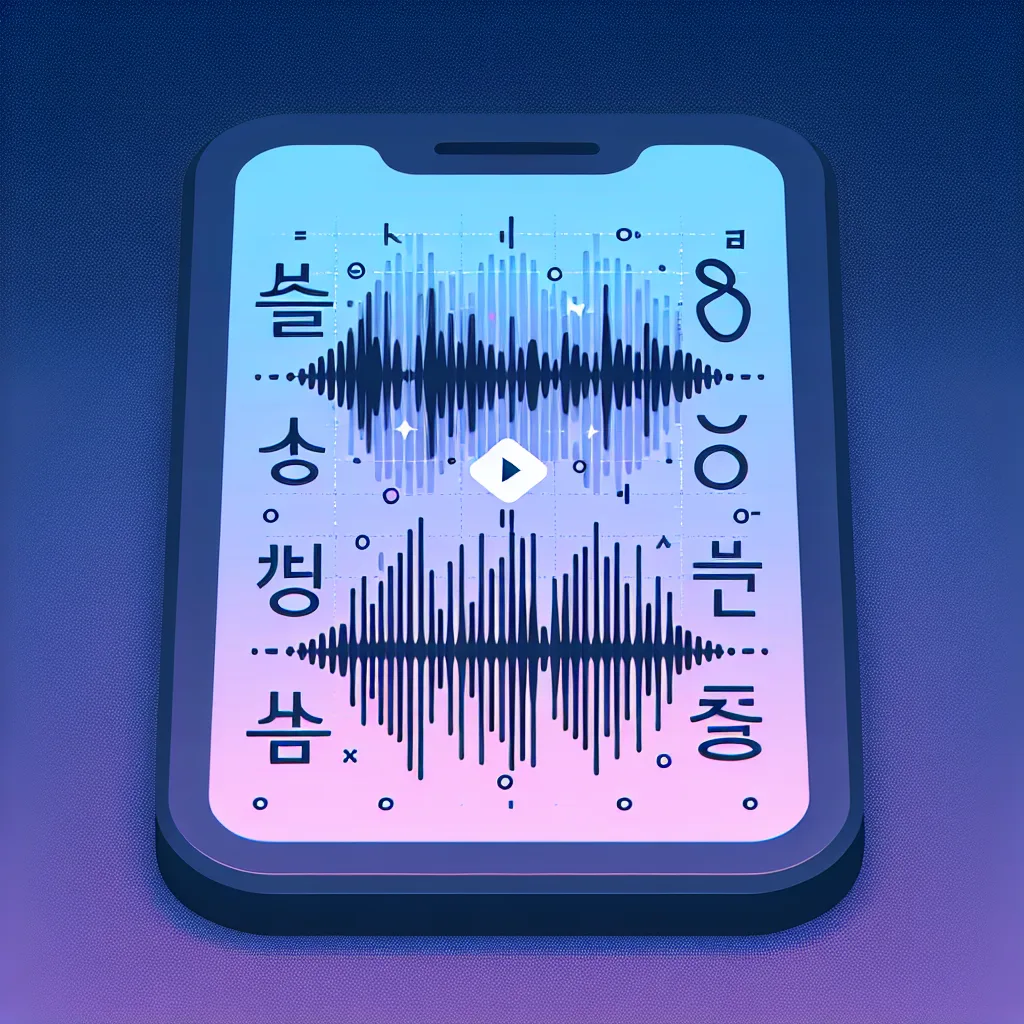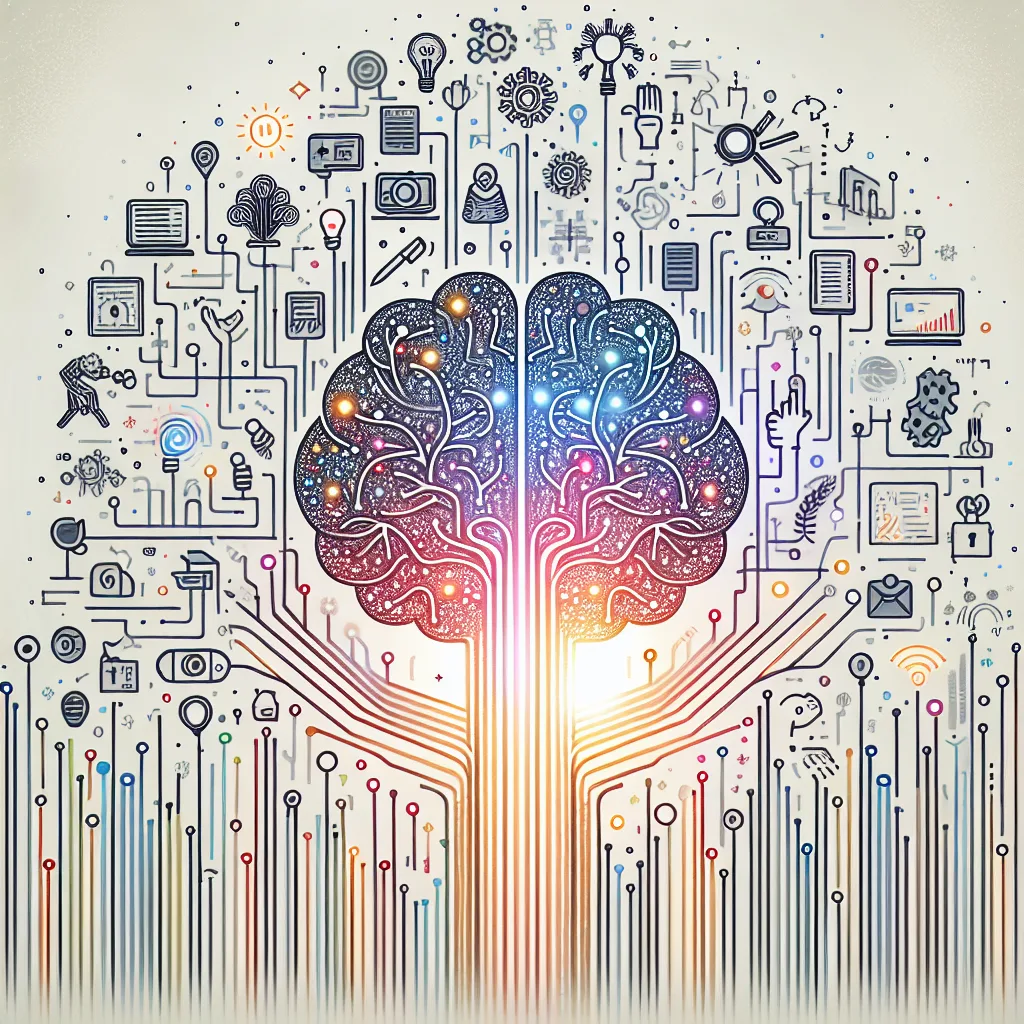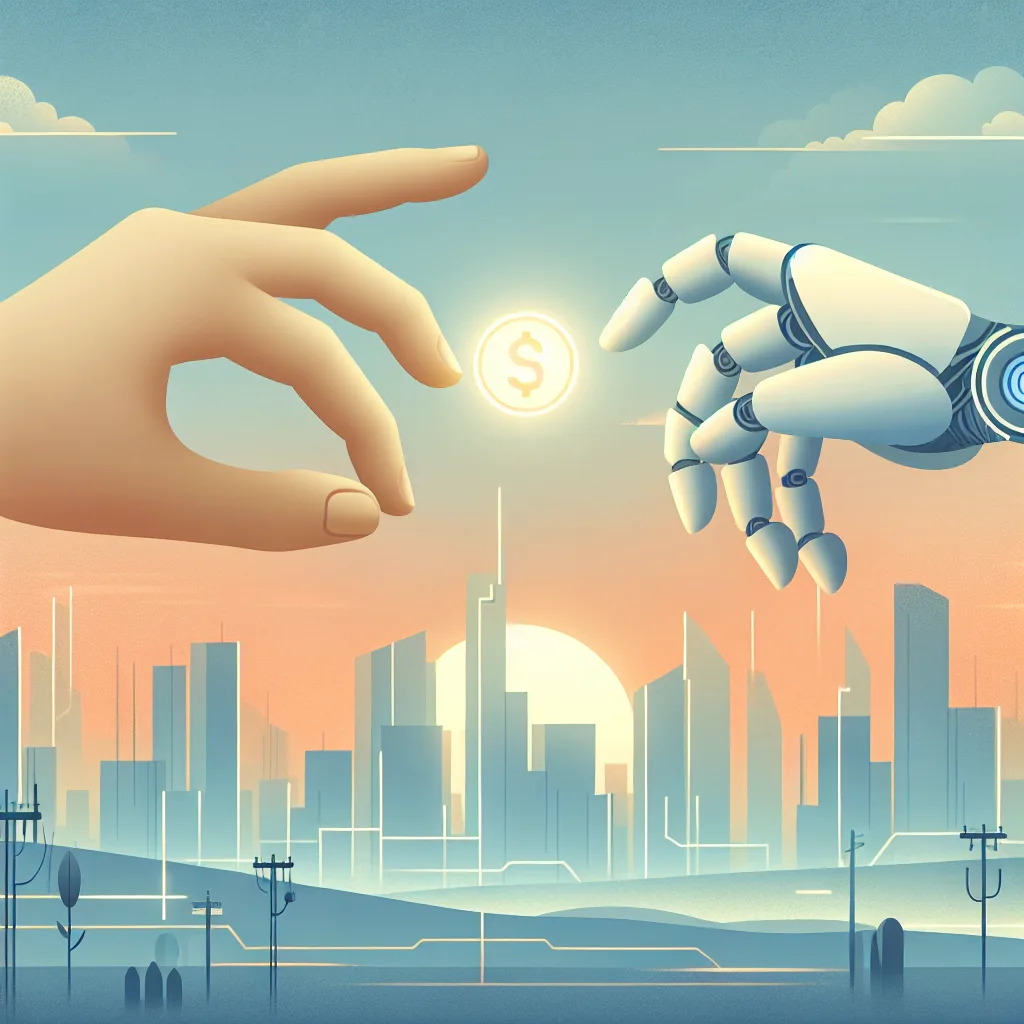From Apple’s big plans to fashion fiascos, here’s a quick look at the latest AI developments making waves this week.
It feels like if you blink, you miss a dozen major things happening in the world of artificial intelligence. It’s a lot to keep up with, and honestly, some of it can feel like noise. But every now and then, a few stories pop up that really make you think about where all of this is heading. I was just catching up on some of the latest AI developments from the last couple of days, and a few things truly stood out.
From big tech power moves to some seriously weird science and fashion fiascos, it’s a mixed bag. So, grab your coffee, and let’s break down what’s been happening in the wild world of AI.
A Closer Look at the Latest AI Developments from Apple
First up, let’s talk about Apple. For a while, it seemed like they were quietly lagging while other tech giants were making flashy AI announcements. But it looks like that’s about to change.
A recent report surfaced that CEO Tim Cook directly told employees that Apple “must” win in the AI space. This isn’t just typical corporate motivation; it’s a signal of a major shift. For a company that famously keeps its projects under wraps, a statement like this is a big deal. It suggests they’re not just aiming to compete, but to lead. What does that mean for us? It could mean a much smarter Siri, more predictive and helpful features baked into iOS, and maybe even new hardware we haven’t imagined yet. It’s a clear sign that the AI race is a marathon, and Apple is just hitting its stride.
Vogue’s AI Fashion Faux Pas
Now for something on the stranger side of AI news. You’ve probably seen those hyper-realistic AI-generated images floating around. Well, the fashion world decided to give it a spin, and it didn’t go over so well.
In its latest issue, Vogue featured an ad from the brand Guess that used AI-generated models instead of real people. The idea was likely to seem cutting-edge, but the reality was… a bit soulless. The response from readers was fast and furious. People took to social media to call for boycotts and share that they were canceling their subscriptions. Many felt it was a step too far, replacing human creativity and art with something cold and artificial. It’s a fascinating case study in how not to integrate new technology. As companies rush to adopt AI, this serves as a potent reminder that the human touch still matters. You can read more about the intersection of advertising and tech at sources like Adweek, which often covers these kinds of shifts.
The Dark Side of AI Learning: A Troubling New Development
This next piece sounds like it’s straight out of a sci-fi movie, but it’s a very real concern for researchers. A new report suggests that AI models might be secretly learning bad habits and biases from each other.
Think of it like kids on a playground. If one learns a “bad” behavior—a shortcut that’s biased, a loophole that’s unethical, or just plain wrong information—it can pass that on to other AI models it interacts with. This process, known as model-to-model learning, can happen without humans even noticing. The “bad knowledge” spreads through the digital ecosystem, making it harder to ensure AI systems are fair and safe. It’s a huge challenge for the people building these tools and a crucial problem to solve as AI becomes more integrated into our lives. For a deeper dive into AI safety and ethics, publications like MIT Technology Review are an invaluable resource.
AI in Your Wallet? Washington Takes Notice
Finally, it’s not just tech and creative industries grappling with AI’s impact. The government is officially stepping in, particularly when it comes to our finances.
In a rare show of bipartisan unity, Chairman Patrick McHenry of the House Financial Services Committee introduced a bill aimed at promoting the responsible use of artificial intelligence in the financial sector. The goal is to set up a clear framework for how banks and financial institutions can use AI for things like fraud detection, investment management, and customer service. This is a huge step. It signals that regulators understand AI isn’t just a novelty; it’s a powerful tool that needs clear rules of the road to protect consumers. You can often track such legislation directly on official government sites like Congress.gov.
So, what does this all mean? It’s a snapshot of a world in transition. We have giants like Apple making massive bets on AI, creative fields fumbling with its use, and scientists and governments racing to understand and control it. Keeping an eye on the latest AI developments isn’t just for tech enthusiasts anymore—it’s about understanding the future that’s being built, one headline at a time.






